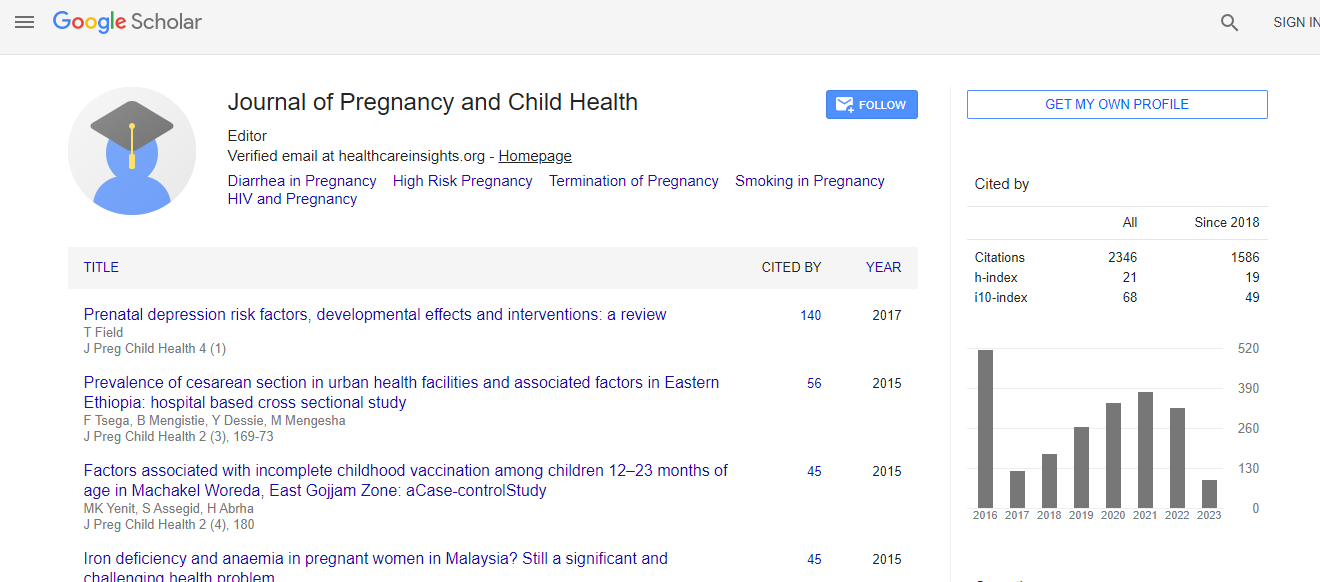Research Article
We all decided: The variations of Hmong Family-Based Decision-Making about Maternity Care in Thailand
| Kathleen A Culhane-Pera1*, Sarinya Sriphetcharawut2, Rasamee Thawsirichuchai3, Wirachon Yangyuenkun3 and Peter Kunstadter3 | |
| 1West Side Community Health Services, East Side Family Clinic, 895 E. 7th Street, Saint Paul MN, USA | |
| 2Occupational Therapy Department, Faculty of Associated Medical Sciences, Chiang Mai University, Chiang Mai, Thailand | |
| 3Program for HIV Prevention and Treatment, Institut de Recherche pour le Developpement (IRD) France, and Chiang Mai University, Chiang Mai, Thailand | |
| Corresponding Author : | Kathleen A Culhane-Pera West Side Community Health Services East Side Family Clinic 895 E. 7th Street, Saint Paul MN 55106, USA Tel: 651-246-0455 E-mail: kathiecp@yahoo.com |
| Received: Septemebr 21, 2015; Accepted: October 27, 2015; Published: November 03, 2015 | |
| Citation: Culhane-Pera KA, Sriphetcharawut S, Thawsirichuchai R, Yangyuenkun W, Kunstadter P (2015) ‘We all decided’: The variations of Hmong Family-Based Decision-Making about Maternity Care in Thailand. J Preg Child Health 2:201. doi:10.4172/2376-127X.1000201 | |
| Copyright: © 2015 Culhane-Pera KA, et al. This is an open-access article distributed under the terms of the Creative Commons Attribution License, which permits unrestricted use, distribution, and reproduction in any medium, provided the original author and source are credited. | |
| Related article at Pubmed, Scholar Google | |
Abstract
Objective: A recent survey in Northern Thailand found that pregnant Hmong women use maternity services less than Thailand’s national statistics. Our objective was to identify which Hmong family members participated in maternity care decisions in order to include appropriate family members in interventions that might increase use of maternity services.
Design: We conducted in-depth qualitative case-studies of 16 families in one Hmong village in Northern Thailand. We chose 16 women with and without maternity services, and interviewed them, 12 husbands, and 17 elders about decisions for all pregnancies.
Results: There is a continuum of family-based decision-making, which ranges from elders alone, to elders with couples, to couples by themselves, to women alone without their husbands or husbands’ family. This continuum illustrates that no one family-based decision-making pattern exists, different family members participate at different times, particularly over the life-cycle, and pregnant women are embedded in dynamic social processes where women may have little or no influence, considerable influence, or act independently of husbands and husbands’ families. No one pattern chose maternity services more than another; some elders and husbands were as supportive of modern maternity services as were pregnant women; and some pregnant women were against maternity services, regardless of husbands and elders’ opinions. Women’s ideal is to be supported by their husbands and husbands’ family members.
Conclusion: Educational programs designed to increase use of maternity services should recognize the diversity of decision-making patterns found to exist in Hmong families and offer involvement to all family decision-makers, including women, their husbands, or family elders.

 Spanish
Spanish  Chinese
Chinese  Russian
Russian  German
German  French
French  Japanese
Japanese  Portuguese
Portuguese  Hindi
Hindi 
